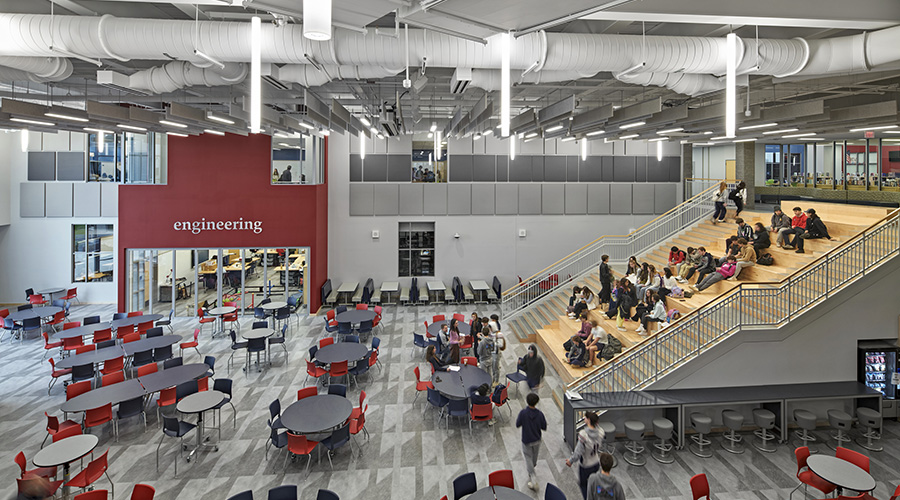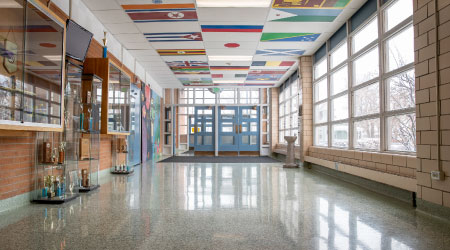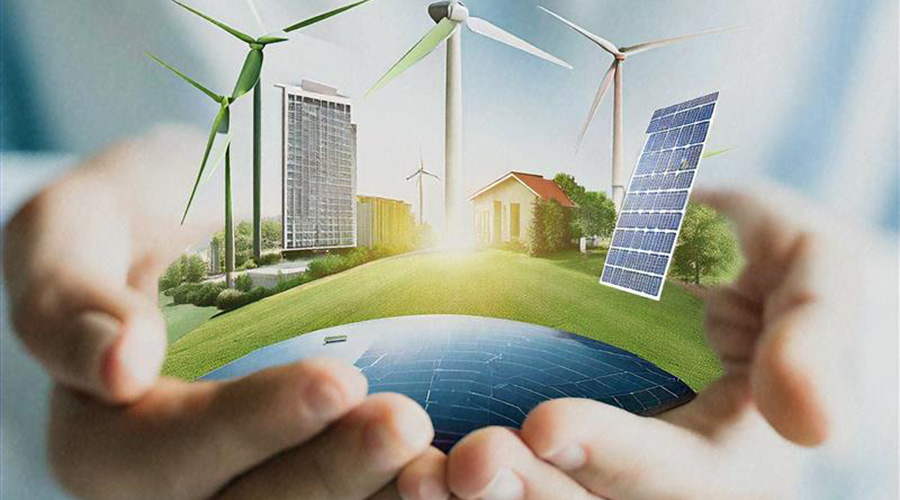The Role of Lighting and HVAC Sytems in Green Campuses
The most common energy system improvement is upgrading the efficiency of lighting systems. When major mechanical equipment like fans, pumps, boilers and chillers are due for replacement, new units can be bought in energy-conserving models at a small premium. Many states have utility and state-funded programs to subsidize and support the cost of such improvements.
As some campuses have developed over decades, the buildings have acquired an array of building control systems. Contemporary control systems stop and start equipment when it is needed, monitor space conditions and occupancies, and implement sophisticated strategies to reduce overall energy use. A professional evaluation of building controls can identify places where controls can be upgraded to harmonize systems and return energy savings while reducing carbon footprint. Energy service companies may finance these and other improvements for a share of the energy savings.
Design briefs for campus projects should include a requirement for life-cycle cost analysis of energy conservation measures to provide the data for intelligent decision-making.
Related Topics:













